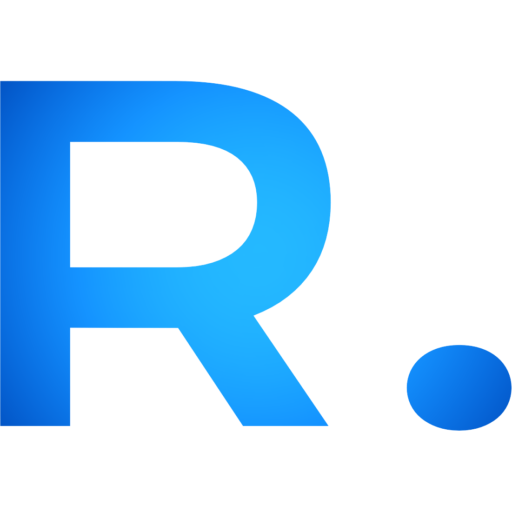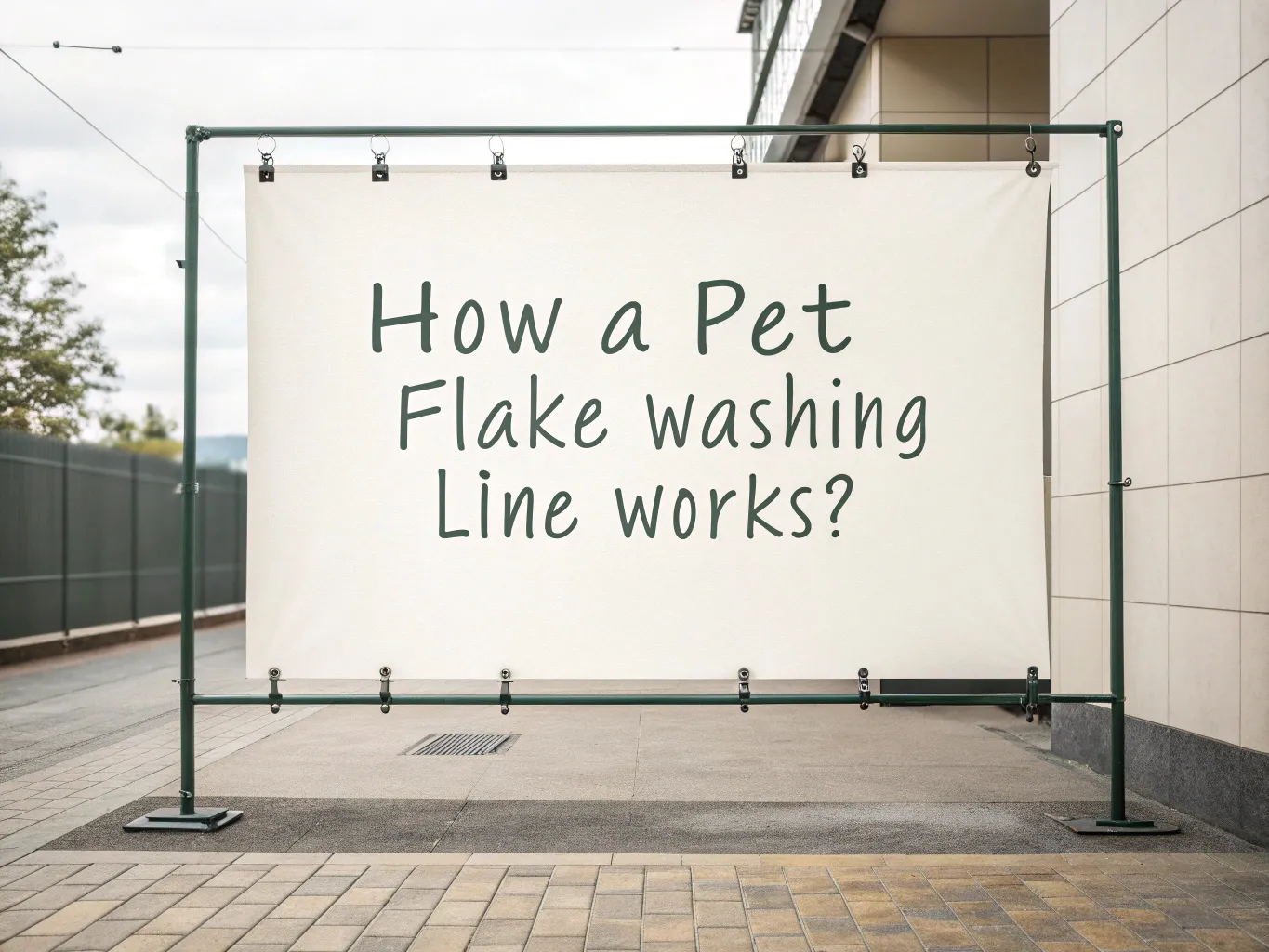À une époque où le développement durable est primordial, le recyclage du polyéthylène téréphtalate (PET) est devenu un élément crucial de la gestion des déchets. Présent dans de nombreux produits, des bouteilles de boissons aux emballages alimentaires, le PET est hautement recyclable, mais seulement s'il est correctement traité. Une ligne de lavage de flocons de PET est le lieu idéal pour transformer le plastique sale et jeté en flocons impeccables, prêts à être réutilisés.
Pour les acteurs du recyclage, qu'ils soient entrepreneurs, ingénieurs ou particuliers soucieux de l'environnement, il est essentiel de comprendre le rôle de chaque équipement dans ce processus. Examinons de plus près les machines qui rendent tout cela possible.
Pourquoi les lignes de lavage de flocons de PET sont essentielles
Le PET recyclé est très demandé, mais les bouteilles usagées arrivent contaminées par des impuretés, des étiquettes, de la colle et des résidus. Sans un nettoyage approfondi, ces impuretés rendent le matériau impropre à la réutilisation. Une ligne de lavage élimine systématiquement ces contaminants, garantissant ainsi que le produit final répond aux normes industrielles pour la production de nouvelles bouteilles, textiles ou emballages.
Chaque machine de la ligne a un rôle distinct, travaillant ensemble pour maximiser l'efficacité et la qualité de sortie.
Composants principaux d'une ligne de lavage de flocons de PET
1. Déballeuse – Délestage de la charge
Le processus commence par la collecte de balles de bouteilles PET bien tassées. Un broyeur de balles démonte ces balles compactées et sépare les bouteilles individuelles pour les traiter.
- But: Déchire les balles pour une manipulation plus facile.
- Fonction: Utilise la force mécanique pour séparer délicatement les bouteilles sans les endommager.
- Considération clé : Un broyeur de balles robuste minimise l'intervention manuelle, assurant ainsi le bon fonctionnement de la ligne.
2. Tapis roulant – Maintenir les choses en mouvement
Une fois les bouteilles libérées de la balle, un convoyeur les transporte d'une étape à l'autre. Ce mouvement continu est essentiel au maintien de l'efficacité du flux de travail.
- But: Déplace les matériaux de manière transparente d’une machine à l’autre.
- Fonction: Les paramètres de vitesse réglables permettent de s'adapter au taux de traitement de la ligne.
- Considération clé : La durabilité est cruciale : optez pour des courroies de haute qualité pour réduire les temps d’arrêt liés à la maintenance.
3. Éliminateur d'étiquettes – Élimination des étiquettes indésirables
Les étiquettes et les adhésifs doivent être retirés rapidement pour éviter toute contamination.
- But: Détache les étiquettes en papier ou en plastique.
- Fonction: Utilise la friction, des jets d'air ou des grattoirs mécaniques pour les décoller.
- Considération clé : L'élimination efficace des étiquettes améliore la pureté des flocons, en particulier pour le recyclage de qualité alimentaire.
4. Broyeur/Déchiqueteur – Briser les bouteilles en flocons
Les bouteilles entières sont déchiquetées en petits flocons uniformes pour faciliter le lavage.
- But: Réduit le PET en fragments gérables.
- Fonction: Les lames à grande vitesse coupent les bouteilles, souvent avec de l'eau pour minimiser la poussière.
- Considération clé : Les réglages de lame réglables garantissent une taille de flocons constante, améliorant ainsi l'efficacité du lavage.
5. Cuve de prélavage – Le premier nettoyage
Avant le nettoyage en profondeur, les flocons subissent un rinçage préliminaire pour éliminer la saleté et les débris.
- But: Élimine les contaminants de surface.
- Fonction: L'eau agitée détache la saleté et les liquides résiduels.
- Considération clé : Cette étape protège les équipements en aval des particules abrasives.
6. Réservoir à flotteur-évier – Séparation par densité
Tous les plastiques ne sont pas du PET : les bouchons et les anneaux (souvent en polypropylène) doivent être retirés.
- But: Isole le PET des plastiques plus légers.
- Fonction: Le PET coule, tandis que d'autres matériaux flottent pour être écrémés.
- Considération clé : La précision est ici essentielle pour un résultat de haute pureté.
7. Cuve de lavage à chaud – S'attaquer aux résidus tenaces
La chaleur et les détergents décomposent les huiles, les adhésifs et autres contaminants persistants.
- But: Nettoie en profondeur et stérilise les flocons.
- Fonction: L'eau chaude (parfois additionnée de soude caustique) dissout les résidus.
- Considération clé : Le contrôle de la température empêche la dégradation du PET.
8. Laveuse à friction – Le récurage mécanique
L'agitation à grande vitesse garantit que toute saleté restante est délogée.
- But: Améliore la propreté des flocons.
- Fonction: Fait tourner les flocons dans l'eau, en utilisant la friction pour éliminer les impuretés.
- Considération clé : Améliore la clarté, en particulier pour le PET transparent.
9. Cuve de rinçage – Le lavage final
Assure qu'aucun détergent ou contaminant détaché ne reste.
- But: Assure un rinçage final complet.
- Fonction: L’eau propre élimine toutes les particules persistantes.
- Considération clé : Le rinçage en plusieurs étapes améliore la pureté.
10. Sécheur centrifuge – Élimine l'humidité
Les flocons humides sont filés à grande vitesse pour éliminer l'excès d'eau.
- But: Réduit la teneur en humidité.
- Fonction: La rotation rapide expulse l'eau mécaniquement.
- Considération clé : Efficace sur le plan énergétique par rapport au séchage thermique.
11. Séchoir à air chaud – Garantit des flocons parfaitement secs
Pour les applications nécessitant une humidité ultra-faible, l'air chaud termine le travail.
- But: Élimine l'humidité résiduelle.
- Fonction: L'air chauffé évapore l'eau restante.
- Considération clé : Fonctionne mieux en tandem avec le séchage centrifuge.
12. Système de silo/ensachage – Prêt pour le marché
Le produit final est stocké ou emballé pour la vente.
- But: Stocke et prépare les flocons pour la distribution.
- Fonction: Les systèmes automatisés remplissent des sacs ou des silos pour la manutention en vrac.
- Considération clé : Un emballage simplifié améliore l’efficacité opérationnelle.
Lavage à froid ou à chaud : lequel est le meilleur ?
- Lavage à froid : Utilise l'eau ambiante, ce qui permet d'économiser de l'énergie, mais est moins efficace sur les résidus tenaces. Convient aux PET de qualité inférieure (par exemple, les fibres).
- Lavage à chaud : Plus complet, éliminant les huiles et les adhésifs, idéal pour le PET de qualité alimentaire.
Le choix dépend de l’utilisation prévue du matériau recyclé.
Optimiser votre corde à linge
- Entretien régulier : Prévient les pannes et assure une qualité constante.
- Recyclage de l'eau : Réduit les coûts et l’impact environnemental.
- Contrôles de qualité : Testez les flocons à des stades critiques pour détecter la contamination à un stade précoce.
- Paramètres personnalisés : Adaptez le déchiquetage, le lavage et le séchage en fonction de votre matière première.
En résumé : la durabilité rencontre la rentabilité
Une ligne de lavage de flocons de PET bien gérée est non seulement bénéfique pour la planète, mais constitue également un investissement rentable. Le PET recyclé de haute qualité est proposé à des prix avantageux, tout en réduisant la dépendance au plastique vierge.
De la fragmentation des balles au séchage final, chaque machine joue un rôle essentiel dans la transformation des déchets en une ressource précieuse. Pour les professionnels du secteur, maîtriser ce processus signifie contribuer à une économie circulaire, un flocon propre à la fois.



